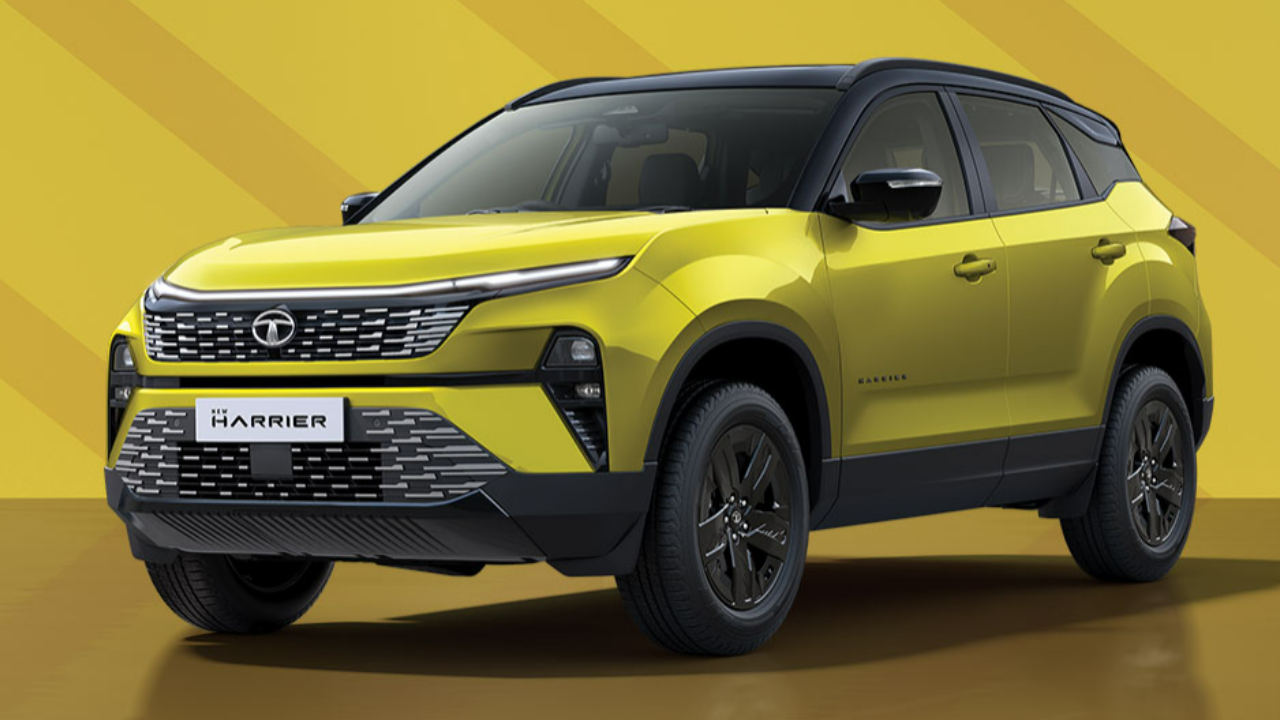The changes on the outside include a new grille design, redesigned modern-looking split headlamps, LED DRLs spanning across the width. The rear-end features full-width LED tail lights, new bumper as well as a new skid plate. Both SUVs are now equipped with new alloy wheels with sizes going up to 19-inches on the Safari and 18-inches on the Harrier.
Jeep Compass sales to get big boost with new 4×2 variant | TOI Auto
On the inside, the new Safari and Harrier are equipped with a new four-spoke steering wheel with an illuminated logo, a bigger 12.3-inch touchscreen infotainment system, a 10.25-inch digital driver’s display, touch-operated climate control panel, an ambient lighting strip running across the width of the dashboard, and much more. Other features on offer include a dual-zone climate control, gesture-controlled powered tailgate, wireless phone charger, powered adjustable and ventilated front seats (ventilated second row as well for the 6-seater Safari), cruise control a panoramic sunroof, ADAS, up to seven airbags, 360-degree camera and so on.
Both SUVs are now also equipped with a new electric power steering electric power that should make steering operation lighter and easier than before. That said, no changes have been made to the powertrain though. Both the Tata Harrier and Safari will continue to be offered with the same 2.0-litre Kryotec diesel engine producing 168 hp of maximum power and 350 Nm of peak torque, sending power to the front wheels through a 6-speed manual gearbox. An optional 6-speed torque converter automatic will continue to be on offer.
As for pricing, the new Harrier facelift could be available from Rs 15 lakh onwards, while the Safari is expected to be priced from Rs 16 lakh (both prices, ex-showroom).


